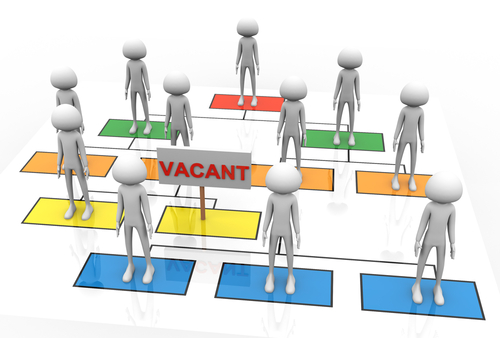You see them on the wall sometimes or in HR manuals. You see out of date versions lying on desks. So what’s the real value of an org chart?
- In a nutshell – clarity of leadership. Not just who the CEO is but anyone with staff reporting to them is a leader. In fact many senior managers don’t have staff reporting to them but they are clearly thought leaders, mentors and probably project leaders from time to time.
- Charts demonstrate to staff who the agenda setter is.
- Leaders need to own the chart. They need to gather their teams regularly and at least once a week confirm agendas. Staff will make up their own priorities and set their own agendas without guidance. And often they will be wrong!
- If executed properly charts accelerate the spreading of ideas. Sales ideas from customer support departments are passed to the Sales Director. Workflow ideas to improve processes are passed to the appropriate leader.
- Big audacious goals are easier to break down into accountable, aligned actions by department.
- Far from stifling innovation, well structured teams allow “corridors of freedom” ( superb phrase used by WPP CEO Martin Sorrell) which means staff can execute with freedom and initiative within defined areas of focus.
- Structure charts give context to roles within organizations. One of the key motivators for coming to work is for employees to understand their role in the context of the bigger picture.
- Be careful how they are drawn. Watch inadvertently placing a whole department below another thus visually demoting them.
- Regularly use the chart to explain changes in objectives and priorities. For example sometimes there is a need for a newly acquired company and their CEO to report directly to the Group CEO to emphasize the importance of the new division.
- Matrix structures are often needed in larger organizations where dotted lines implies an important relationship. This could be related to group guidance, mentoring, or just the reporting of key information.
- And don’t let structure charts limit meetings to just departmental gatherings. As CEO ensure the top management team are meeting to solve problems across departments. Because as we all know problems in one department can often be solved by actions in another department. Think sales & marketing or sales & customer support.
Remember almost all business problems and opportunities are related to people so how you communicate the structure and purpose of the team matters.








